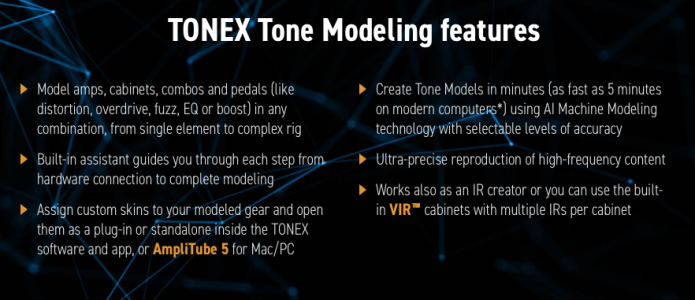Look, if you guys are saying ToneX is rolling off at 2K or 5K then you're essentially saying it's unusable as those freqs are critical for electric guitar/bass, and I haven't seen anything about your test procedures so I can't comment excepting that I don't really give a  what they are as my ToneX One is not rolling off at 2K or 5K.
what they are as my ToneX One is not rolling off at 2K or 5K.
With regards to ToneX rolling off at 14K I don't really care outside of the lab as it doesn't really effect electric guitar/bass in a drastic way during normal usage, and if it's doing that it was a design decision IK made for a number of reasons including it's not a big deal for electric guitar or bass under normal usage, though I do agree with all of you guys in hoping that wave shaping/capturing/profiling etc in general gets better going forward, why not, and NAM is a current leader in this endeavor so good on NAM!
Then there's the wave shaping vs component modeling debate, sorry, I'm out of here...
With regards to ToneX rolling off at 14K I don't really care outside of the lab as it doesn't really effect electric guitar/bass in a drastic way during normal usage, and if it's doing that it was a design decision IK made for a number of reasons including it's not a big deal for electric guitar or bass under normal usage, though I do agree with all of you guys in hoping that wave shaping/capturing/profiling etc in general gets better going forward, why not, and NAM is a current leader in this endeavor so good on NAM!
Then there's the wave shaping vs component modeling debate, sorry, I'm out of here...




